Wanting something a little bit different from the traditional wedding bake? Why not have a Lemon Meringue Tower instead. If you watched The Great British Wedding Cake on BBC2 this week – here’s the full project in Pink Whisk step by step style. xx
Ingredients:
Pastry
225g plain flour
100g butter
25g caster sugar
1 egg yolk
35ml water, approx
Lemon Cake (of fit for the queen fame)
175g butter, softened
175g caster sugar
3 eggs, large
zest of 2 lemons
juice of 1 lemon
150g self raising flour
1 x Quantity of Ruth’s Super Zingy Lemon Curd
plus 1 x sachet of Dr Oetker powdered gelatine
Italian Meringue
5 large egg whites
250g caster sugar
100ml water
You will also need a large cupcake style cake mould, a sugar thermometer, baking beans/dried rice.
The quantities given will make one large lemon meringue centre piece and 9 miniature lemon meringue tarts. Obviously if you’re making a full tower you will need to double quantities of everything. Always make the Italian meringue in batches of 5 egg whites at a time, a standard kitchen stand mixer cannot cope with a greater capacity in one go!
Okay, first up pastry.
You know I’m a pastry food processor convert. Pulse together the flour, sugar and butter until the mixture resembles fine breadcrumbs. If you’re working byhand rub the butter in with your fingertips.
Add in the egg yolk and pulse again. The egg yolk adds richness to the pastry and seeing as we’re using a fair few egg whites it makes sense to use them up.
Then with the processor running add the water a little at a time down the processor chute until the pastry comes together. Turn off straight away and remove the ball of pastry.
Wrap in clingfilm or place in a food bag and chill in the fridge for 15 minutes.
The chilling of the pastry allows the moisture to be absorbed by the flour and relaxes the pastry after shocking it in the processor. It will be less likely to shrink and misbehave.
Prepare the base section of a large cupcake cake pan. Grease and add a small circle of baking paper to the base just to make sure you can get the pastry case out.
The best pan is the Nordicware Cupcake Pan which is what I have at home and practiced in. For the programme the mould was slightly different and a fair bit deeper. It’s not impossible to do, just a little bit tricky. If you have a silicone mould place it on a baking tray first just to secure it slightly.
Once chilled roll out the pastry into a large round.
Lift the sheet of pastry with your rolling pin and drape it over the base part of the large cupcake. Ease it in gently with your fingers trying not to rip the pastry. Try to form a seam taking up the excess pastry in one point.
Cut off the extra with a pair of kitchen scissors and smooth the edges back together.
Once you have the base section lined you can patch up any rips or tears easing the pastry back together or adding in little pieces here and there. Try to leave enough of an overhang so you’re not scrabbling around trying to make a neat edge later.
Trim around the top leaving it about an inch wide, we’ll neaten it up later.
Place it in the fridge to chill for half an hour. You want the pastry to be hard, hard, hard.
Re-roll the trimmings, cut into circles and use to line the recesses of a small bun tin, I’m using the fluted tins from Lakeland (any excuse to buy them…I think a TV project means I was allowed?) You can get the same effect by dropping fluted silicone cupcake cases into a 12 hole cupcake pan and using them to shape the pastry. Chill along with the large pastry case.
Preheat the oven to 160c Fan/180c/Gas Mark 4.
Once nicely chilled trim neatly around the top of the cupcake with a sharp knife. Line with a good generous piece of strong kitchen foil and fill with baking beans or dried rice. Repeat with the mini pastry cases.
Hopefully your pastry will still be nice and cold, if its not, back in the fridge for ten minutes or so.
Once the pastry is sufficiently hard place in the oven to bake. For the large 20 minutes before removing the baking beans (remove with a metal spoon, don’t try and lift it out in one go, once the majority of the beans are out ease the foil back from the pastry and lift out) and then a further 10 minutes until golden biscuit coloured and cooked through. For the miniatures 12 minutes before removing the beans and a further 4-5 minutes.
Allow the large pastry case to cool in the tin. It will be too fragile to remove before it has cooled properly and you don’t want to wreck it. The little ones can be placed on a wire rack to cool.
On to the lemon cake, this bit’s easy.
Cream together the butter and sugar.
Add in the lemon zest and mix well.
Eggs beaten in one at a time adding a little of the flour at any sign of curdling.
Fold in the remaining flour.
Lastly stir in the lemon juice.
Place the mixture into a shallow large rectangular baking tin greased and lined with baking paper.
Bake in the oven for approx 15 minutes until baked and golden on the top.
Remove from the tray and cool on a wire rack.
Now you’ll need a batch of Super Zingy Lemon Curd (recipe here). When you get to the finish sprinkle in one sachet of powdered gelatine. This is by far the easiest product to use and is available in most of the major supermarkets. If you want to use sheet gelatine you will need 4-5 sheets dissolved in 100ml of water. This amount of gelatine will just give a soft set and will stop the lemon curd splurging all over your guests (in my case Mary Berry and Paul Hollywood!)
Measure the base of the inside of the large pastry case and cut out a circle of lemon cake to fit.
Place it in the base of the pastry case and measure the size of cake circle you will need to go on top of it.
Add a couple of large spoonfuls of lemon curd on top of the first sponge layer and then add the second sponge layer.
Fill the case up fully with the lemon curd and use the remainder to fill the mini pastry cases.
Italian meringue – place the egg white in a large bowl whisk them up to the soft peak stage. This means the peak formed when you lift out the whisk drops back over on to itself.
In a pan place the sugar and water. Bring up to the boil to dissolve the sugar in the water and then without stirring continue to boil until the sugar syrup reaches 121 C on a sugar thermometer.
At this point take the pan off the heat and turn on the stand mixer to whisk the egg whites further.
Slowly drizzle the syrup into the egg whites, avoiding the whisk attachment. You need to add the sugar slowly and gradually whilst whisking. Once all the sugar syrup is added the meringue should be thick and glossy and stand in stiff peaks for you.
Add half of the italian meringue to a piping bag fitted with a large round open nozzle and pipe swirls on top of the lemon curd layer.
The remaining half will be used for the large centrepiece.
Place a good dollop of meringue onto the lemon curd and using a palette knife begin to spread and shape. You want to aim for a pointed meringue top, adding more meringue as you need it. Encourage the meringue to meet the top edge of the pastry case.
Once you’re happy with your piping and shaping add a good sprinkle of hologram glitter (wouldn’t be a Pink Whisk project without it) and some beautiful silver dragees.
These can be made a day in advance but I would advise you have a practice run! Sometimes if the sugar syrup has been added too quickly to the meringue then the meringue will ‘cry’ over time and give out a clear syrup so it’s something to check you can get right before the big day and heck we don’t mind eating the trial runs do we?
Ruth Clemens, Baker Extraordinaire
Finalist on BBC2 The Great British Bake Off 2010

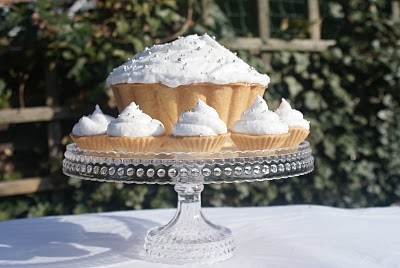
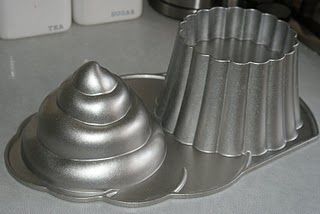

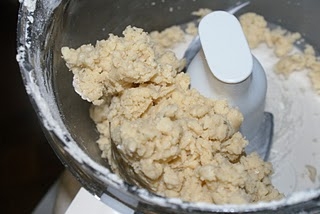

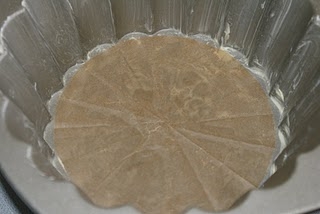
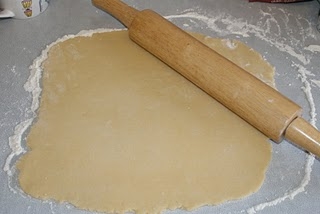


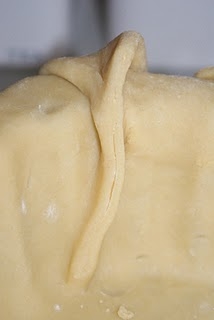
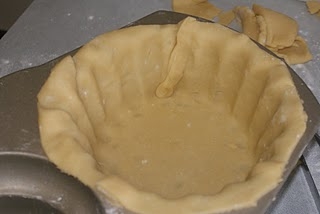

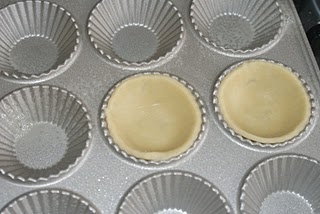
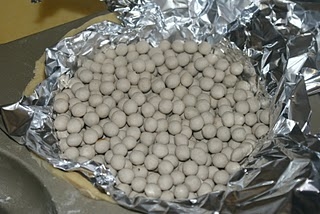
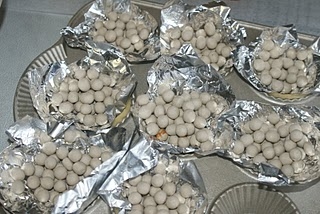
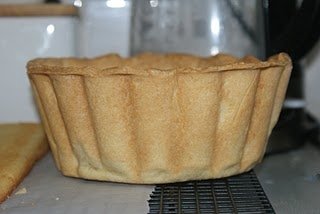


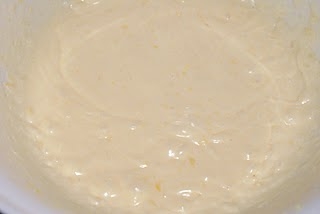
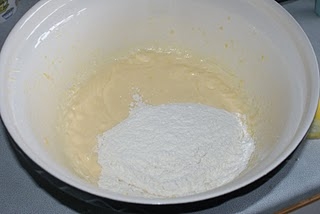
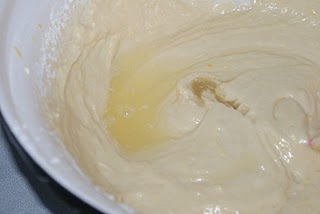
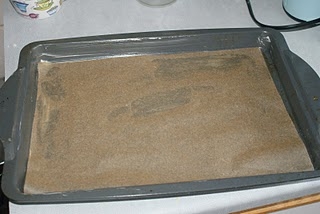
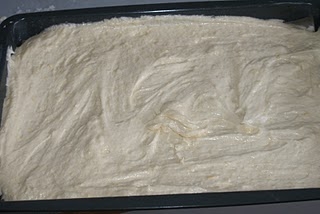
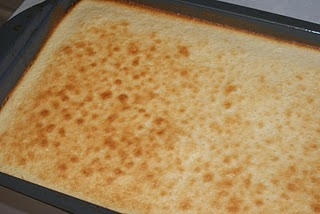
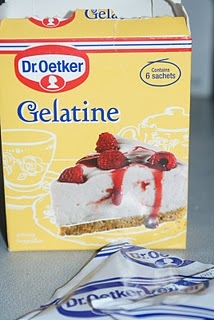
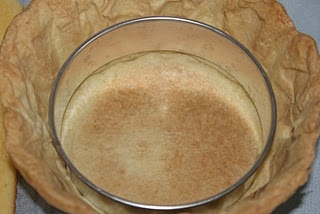

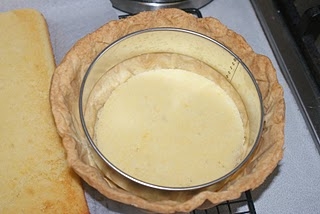

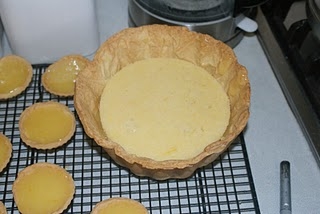
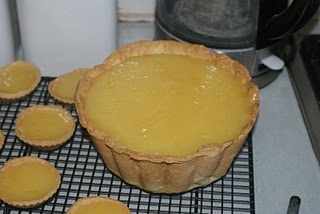
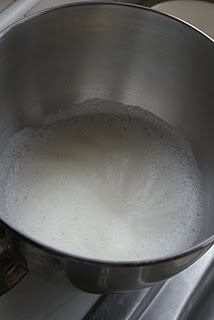
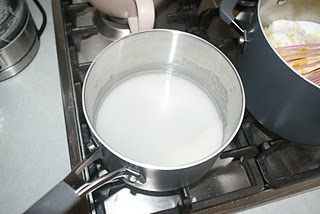
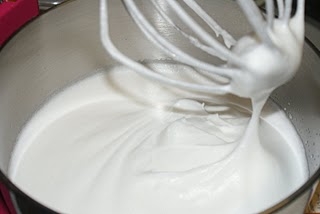

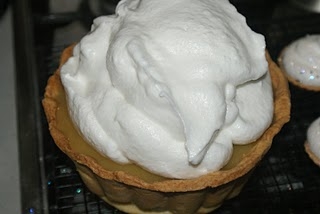









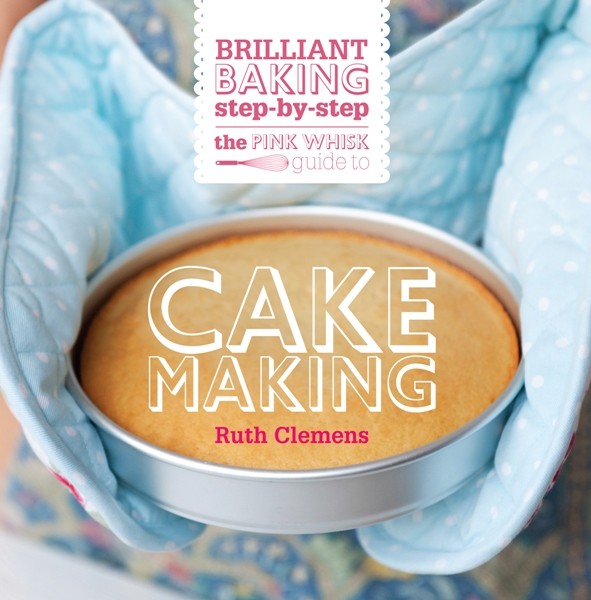















14 Responses to Wedding Baking – Lemon Meringue Tower